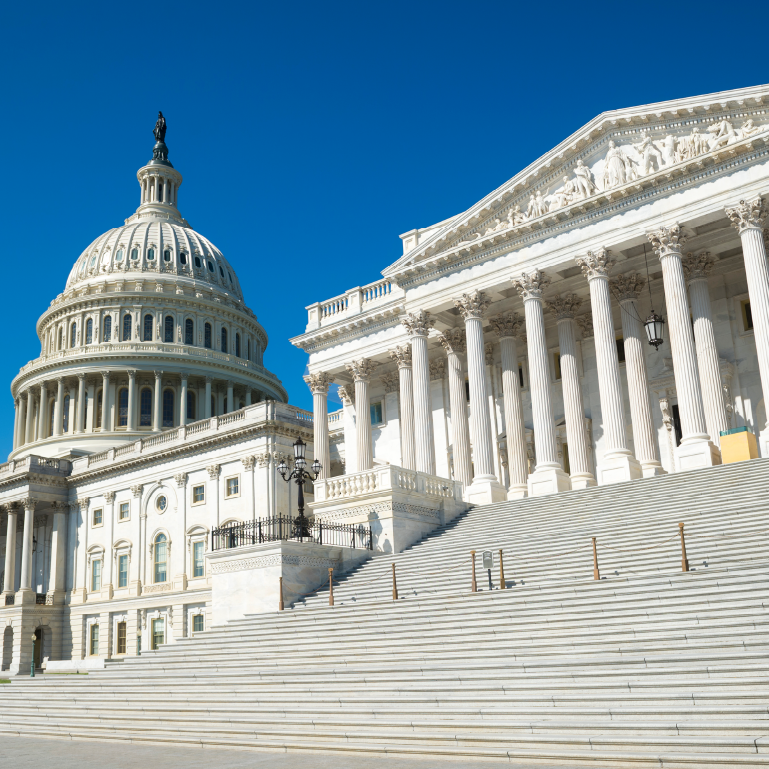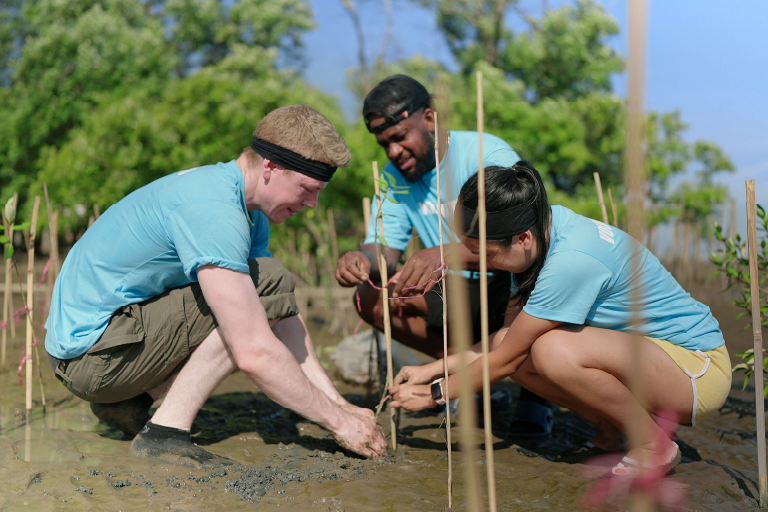Q: The Lilly Family School of Philanthropy now offers the Professional Doctorate in Philanthropic Leadership (PhilD). What is the PhilD?
A: The PhilD is the first professional doctorate for philanthropic and nonprofit professionals. Different than a traditional Ph.D. degree, which typically prepares graduates for academic positions, the Professional Doctorate in Philanthropic Leadership is designed specifically for practicing professionals. The Lilly Family School of Philanthropy is uniquely poised to offer this first-in-class degree, given our specialty in creating curricula and programs focused on the philanthropic sector: we offer undergraduate, master’s and PhD degrees, and now have our first cohort of the PhilD in process. A three-year program, the PhilD degree is offered online, with asynchronous requirements and many optional synchronous learning opportunities as well. We are now accepting applications for our second cohort, who will graduate in 2027.
Q: As a degree for practicing professionals, what types of professionals would enjoy and benefit most from the PhilD?
A: Professionals who have served as a senior leader for the public good, whether in the philanthropic, government or private sectors, already have a master’s-level or other graduate degree and wish to explore real-world solutions for current challenges through philanthropic and nonprofit solutions are excellent applicants for the PhilD. Every applicant will propose an applied research project (ARP) proposal, focusing on one of the myriad “wicked problems” in civil society as it intersects with the philanthropic and nonprofit sector, whether as an intractable issue, a recurrent problem, or an emerging challenge given the realities of our communities currently.
The PhilD welcomes applicants from a wide range of fields, including the private and government sectors, in addition to those with backgrounds in the philanthropic sector. Leadership through extensive volunteering, such as a long-term board member or trustee, may also be sufficient for the PhilD application requirements. As a cohort, the PhilD students will have rich and diverse backgrounds to share as peers, for lifelong professional connections.




